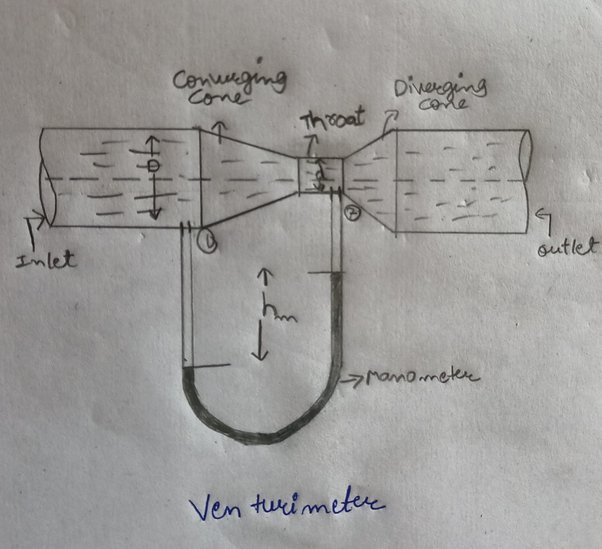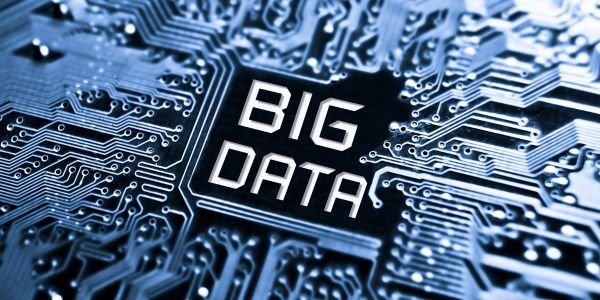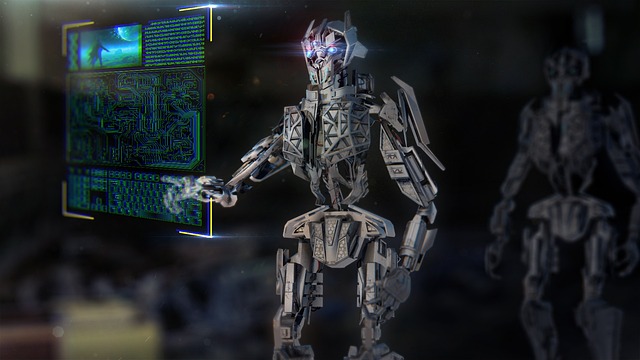Table of Contents
Introduction
In today’s data-driven world, the term “big data” has gained immense popularity. The exponential growth of digital information has given rise to new opportunities and challenges for businesses, researchers, and organizations across various sectors.
What is Big Data?
Big data refers to large and complex datasets that are beyond the processing capabilities of traditional data management tools. It encompasses vast amounts of structured, unstructured, and semi-structured data that is generated from various sources such as social media, IoT devices, sensors, transactional systems, and more.
The “Three V’s” of Big Data
To better understand the characteristics of big data, it is often described using the “Three V’s”:
1. Volume:
Big data involves a massive volume of information. It encompasses data sets that range from terabytes to petabytes and beyond. This exponential growth in data volume necessitates the use of specialized tools and technologies to capture, store, process, and analyze data effectively.
2. Velocity:
Big data is generated at an unprecedented speed. With the advent of real-time data streams, social media interactions, and online transactions, the speed at which data is produced and processed has become crucial. Analyzing data in real-time enables businesses to make faster and more informed decisions.
3. Variety:
Big data is diverse and encompasses structured, unstructured, and semi-structured data. Structured data refers to information that is organized and fits neatly into predefined formats, such as databases and spreadsheets. Unstructured data, on the other hand, includes texts, images, videos, and social media posts that lack a predefined structure. Semi-structured data lies in between, containing elements of both structured and unstructured data.
Significance of Big Data
Big data has revolutionized the way organizations operate and make decisions. Here are some key reasons why big data is significant:
1. Enhanced Decision-Making:
Big data analytics enables organizations to extract valuable insights from large datasets, empowering decision-makers to make data-driven decisions. By analyzing customer behavior, market trends, and operational metrics, businesses can gain a competitive advantage and identify new opportunities.
2. Improved Efficiency and Operations:
Big data analytics can optimize processes and enhance operational efficiency. By analyzing data patterns, organizations can identify bottlenecks, streamline workflows, and improve productivity. Predictive analytics helps in proactive maintenance, reducing downtime, and optimizing resource allocation.
3. Personalized Customer Experiences:
Big data analytics helps organizations understand customer preferences, behavior, and buying patterns on a granular level. This enables businesses to deliver personalized experiences, targeted marketing campaigns, and tailored product recommendations, thereby improving customer satisfaction and loyalty.
4. Innovation and Research:
Big data plays a vital role in scientific research, enabling discoveries in various fields such as healthcare, genetics, climate analysis, and social sciences. By analyzing vast amounts of data, researchers can uncover patterns, trends, and correlations that were previously inaccessible.

Applications of Big Data
Big data finds applications in diverse domains, including but not limited to:
1. E-commerce and Retail:
Big data analytics helps retailers analyze customer buying patterns, optimize inventory management, and deliver personalized marketing campaigns.
2. Healthcare:
Big data analytics facilitates the analysis of patient records, disease patterns, and drug effectiveness, leading to improved diagnosis, personalized treatments, and enhanced healthcare outcomes.
3. Finance:
Big data analytics assists financial institutions in fraud detection, risk assessment, algorithmic trading, and personalized financial recommendations.
4. Manufacturing:
Big data analytics optimizes supply chain management, improves product quality, and enables predictive maintenance.
5. Transportation: Big data helps in route optimization, real-time traffic analysis, predictive maintenance for vehicles, and enhancing overall transportation efficiency.
The Three Types of Big Data
1. Structured Data
Structured data refers to information that is organized, well-defined, and fits neatly into predefined formats such as databases and spreadsheets. It follows a fixed schema, making it easy to search, store, and analyze. Structured data is typically numerical or categorical and is highly organized, enabling efficient data management. Some examples of structured data include customer details, transaction records, financial data, and inventory lists.
Characteristics of Structured Data:
a. Organized and well-defined: Structured data follows a predefined schema, ensuring consistency and ease of analysis.
b. Easy to process and analyze: Its fixed format enables straightforward querying, aggregation, and statistical analysis.
c. Scalable: Structured data can be efficiently stored and processed using traditional relational database management systems.
Significance of Structured Data:
Structured data forms the backbone of many business operations and applications. It allows organizations to extract insights, generate reports, and make data-driven decisions. With structured data, businesses can perform accurate trend analysis, customer segmentation, and forecasting, leading to improved operational efficiency and strategic planning.
2. Unstructured Data
Unstructured data refers to information that lacks a predefined format and organization. It is typically in the form of text, images, videos, social media posts, emails, and sensor data. Unstructured data accounts for a significant portion of the digital universe and poses unique challenges for data management and analysis.
Extracting value from unstructured data requires advanced techniques such as natural language processing, image recognition, and sentiment analysis.
Characteristics of Unstructured Data:
a. Lack of organization: Unstructured data does not conform to a predefined structure or format, making it challenging to analyze using traditional methods.
b. Large volume: Unstructured data is generated at an exponential rate, mainly due to social media interactions, multimedia content, and IoT devices.
c. Diverse formats: Unstructured data encompasses a wide range of formats, including text, audio, video, and images.
Significance of Unstructured Data:
Unstructured data holds valuable insights that can drive business growth and innovation. By analyzing unstructured data, organizations can gain a deeper understanding of customer sentiments, social media trends, market dynamics, and brand perception. This allows for targeted marketing campaigns, sentiment analysis, content personalization, and product development based on customer feedback.
3. Semi-Structured Data
Semi-structured data lies between structured and unstructured data. It contains elements of both, combining some level of organization with flexibility. Semi-structured data does not adhere to a strict schema but includes metadata or tags that provide some structure and context. Examples of semi-structured data include XML files, JSON documents, and log files.
Characteristics of Semi-Structured Data:
a. Partial organization: Semi-structured data exhibits some level of organization through the use of metadata, tags, or markers.
b. Flexibility: It allows for the addition or modification of data fields without requiring a predefined schema.
c. Hybrid nature: Semi-structured data can contain structured elements within an overall unstructured framework.
Significance of Semi-Structured Data:
Semi-structured data plays a crucial role in various applications, such as web data extraction, content management systems, and data integration. Its flexibility enables organizations to handle diverse data sources, extract relevant information, and integrate it with structured data for comprehensive analysis. Semi-structured data is particularly useful in scenarios where the structure of the data evolves or changes frequently.
Also, read DogeCoin
































Comment on “Big Data – Meaning, Significance, Applications”
Comments are closed.